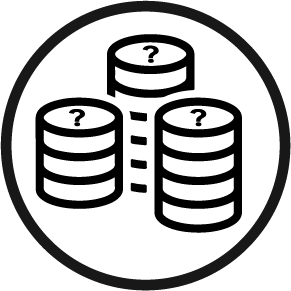Course information
Intro Protection Analysis
Welcome to INTRODUCTION TO PROTECTION ANALYSIS
This series of videos will introduce important concepts, tools, and steps in the process of an in-depth, integrated, and collaborative protection analysis. The sequence of the videos supports a shared understanding of what an analysis of protection risks means, what information is needed to identify and understand protection risks in their context, and how to analyze and prioritize risk. Later modules highlight what to consider when identifying the collective problem-solving approach based on your analysis findings, as well as how to set up an information management system to support continuous analysis and its use for problem-solving and strategic design.
These videos are a part of a more expansive and interactive Protection Analysis Training Package which supports protection teams to build and apply core skills, and connect protection analysis to their day-to-day work. Each video is linked to (and explores concepts or processes in focus within) the relevant module of Protection Analysis Training Package. This training package is aligned with the Protection Analytical Framework (PAF), endorsed by the Global Protection Cluster in April 2021.

Is this course for me?This course is for anyone interested in protection analysis, including people on the frontline, those connected to inter-agency coordination structures, and people who do not have a protection background. It has been designed for an audience with a foundation level of understanding of protection and information management concepts and activities. However, anyone interested in using data and information to inform the planning, delivery, and design of strategies and responses will benefit.

How will I benefit from this course?On completion of this course you will:Describe the core concepts behind a protection risk analysis, including threats, vulnerabilities, and capacities.Describe the different types and sources of data you might use in your protection analysis.Be familiar with and able to orient a colleague to the Protection Analytical Framework and how it can inform and strengthen your analysis.Describe the purpose of prioritizing protection risks.Understand the value of engaging communities throughout the process of analysis.Describe some key considerations for presenting analysis based on an understanding of your audience’s needs.Describe the steps needed to plan for a continuous analysis and design an information management system.

How long will it take? This course should take you around 2 hours to complete.

How much does it cost? This course is free!

Will I get a certificate at the end? No, this course serves as a resource only.
 How do I start?
Scroll to the top of the page and click on the Join resource hub button. This will take you through to the course content. You don't need to complete the course in one go - you can always continue later from where you left off.
How do I start?
Scroll to the top of the page and click on the Join resource hub button. This will take you through to the course content. You don't need to complete the course in one go - you can always continue later from where you left off.Data protection and consent
This course was created by the International Rescue Committee (IRC) and Danish Refugee Council (DRC) and is administered by the IRC. By joining this course you are consenting to the IRC being given access to your Kaya profile information, including your name and email address, so that they can provide the course. This may require them to contact you. Your data will be anonymized before it is used for any analysis or reporting purposes. If you have any questions about this, please email Learning@Rescue.org.

